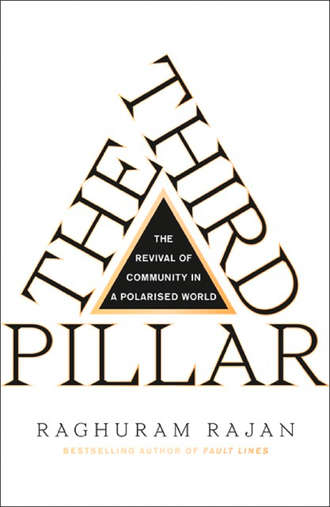The Third Pillar: How Markets and the State are Leaving Communities Behind

Полная версия
The Third Pillar: How Markets and the State are Leaving Communities Behind
Жанр: зарубежная деловая литературатехническая литературатехнические наукигуманитарные и общественные наукиполитологиясоциология
Язык: Английский
Год издания: 2019
Добавлена:
Настройки чтения
Размер шрифта
Высота строк
Поля
Конец ознакомительного фрагмента
Купить и скачать всю книгу

